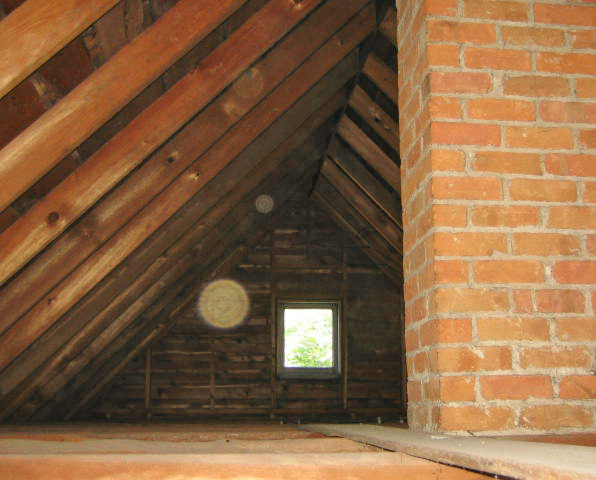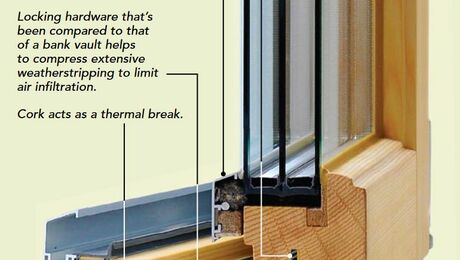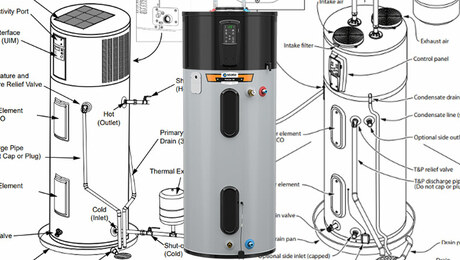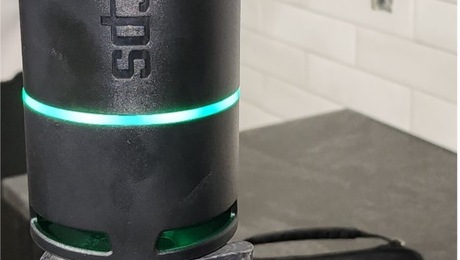
This is a list of the most important GBA articles on attics.
If you are looking for an index that spans all categories, with a special focus on “how to” articles, check out this resource page: “How to do Everything.”
-
All About Attics
Most six-year-olds can draw a house. The typical child’s depiction of a house shows a rectangular building with a door and a few windows, topped by a gable roof. This type of house is fairly common in most areas of the U.S. If the house was built 100 or more years ago, it usually had a cellar or basement underneath the first floor and an attic above the top floor.
-
All About Attic Venting
Most homeowners and builders believe that attics should be vented. If you walk down to your local lumberyard and lean on the counter, the employees and nearby customers will offer a variety of opinions about why attics need to be vented. Unfortunately, it’s highly unlikely that the statements you hear will be true.
-
Air Sealing an Attic
If you want to improve the energy performance of an older house, one of the first steps is to plug your attic air leaks. Although many GBA articles address aspects of attic air sealing, no single article provides an overview of the topic. This article is an attempt to provide that missing overview. I’ll try to explain how you can seal air leaks in a conventional vented, unconditioned attic. If your house has cathedral ceilings — that is, insulated sloped roof assemblies — the air sealing tips in this article don’t apply to your house.
-
Blown Insulation for Attics
Both perform better than batts and are less expensive than spray polyurethane. Neither is perfect.
-
How to Insulate an Attic Floor
Maybe you are building a new home with an unconditioned vented attic. The house is framed, sheathed, and roofed. The drywall contractors have finished their work, so now you’re ready to insulate the attic floor. If you are an owner-builder, this may be the first time you’ve done this. So what do you need to know?
-
Creating a Conditioned Attic
UPDATED on August 13, 2017 with new concluding paragraphs Millions of Americans live in states where residential HVAC contractors routinely install ductwork in unconditioned attics. In many cases, these attics also contain a variety of appliances, including air handlers, furnaces, or water heaters.
-
Fixing Attics With Vermicultie Insulation
If you're under the impression that natural insulation materials are the safest ones to use, it might be time to think again. Vermiculite is a natural insulation material — but it’s one that you definitely don’t want to have in your attic. Vermiculite is a mineral mined from the earth, composed of shiny flakes that look like mica. When this mineral is put in an oven, it expands like popcorn. Expanded vermiculite is lightweight, fire-resistant, and odorless; since it has an R-value of about R-2 per inch, it was used for decades as an insulation material.
-
High Humidity in Unvented Conditioned Attics
High Humidity in Unvented Conditioned Attics
-
-
How to Insulate and Air Seal an Attic Hatch
There’s a subset of issues in the realm of home efficiency that falls into the category “out of sight/out of mind.” The boiler in the basement, how much insulation is in the attic … as long as these issues stay out of your view, no problem. So what’s up with attic hatches, then? Even though attic hatches can be huge air leaks and sources of radiant heat loss, they are rarely fixed. An attic hatch is usually located in a hallway or closet where the homeowners see it daily. Yet...
-
How to Insulate and Air-Seal Pull-Down Attic Stairs
Pull-down attic stairs are super-sized attic hatches that just beg homeowners to store more stuff in their attic. Besides the air-leakage and insulation problems stemming from having a particularly large hole in your ceiling, pull-down stairs creates a potential storage headache. For homeowners, a storage problem usually means “not enough space.” For energy auditors, a storage problem means using space that ought to filled with insulation for Timmy’s guitar, his old bike, Legos, his new bike, and the unpacked remains of twelve previous moves.























